| Vocademy |
Switches
Switches are used to control the flow
of electrical current. Either fully allowing or fully cutting off the
flow of electricity. A switch works like a valve that is always either
fully open or fully closed. There are many switch
arrangements, some of which are shown below.
The simplest switch is the Single Pole Single Throw (SPST) switch. This switch is often used as an "On/Off" switch. It controls the current flow in a single circuit. The Single Pole Double Throw (SPDT) switch can control current from, or to, either of two circuits. Sometimes a double throw switch is referred to as an "On/On" switch. Some double throw switches have a center position where there is no connection to either circuit. This is sometimes referred to as a "center-off" or an "On/Off/On" switch.
Double pole switches are essentially two single pole switches that work in unison. These are used where two circuits need to be controlled simultaneously. The dashed lines shown with the double pole switches indicate that the switches work together.
Some switches are spring-loaded and return to the original position when released (either "on" or "off", depending on the switch and how it is used). These are called momentary-contact switches.
The simplest switch is the Single Pole Single Throw (SPST) switch. This switch is often used as an "On/Off" switch. It controls the current flow in a single circuit. The Single Pole Double Throw (SPDT) switch can control current from, or to, either of two circuits. Sometimes a double throw switch is referred to as an "On/On" switch. Some double throw switches have a center position where there is no connection to either circuit. This is sometimes referred to as a "center-off" or an "On/Off/On" switch.
Double pole switches are essentially two single pole switches that work in unison. These are used where two circuits need to be controlled simultaneously. The dashed lines shown with the double pole switches indicate that the switches work together.
Some switches are spring-loaded and return to the original position when released (either "on" or "off", depending on the switch and how it is used). These are called momentary-contact switches.
| Basic Switch Types | ||
 Single Pole Single Throw (SPST) |
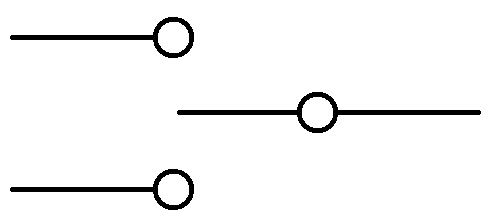 Single Pole Double Throw (SPDT) |
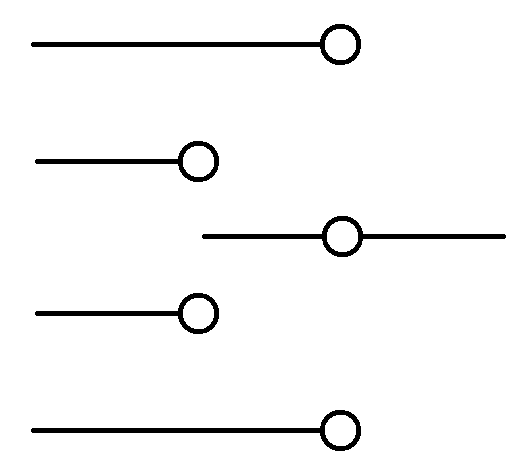 Rotary Switch |
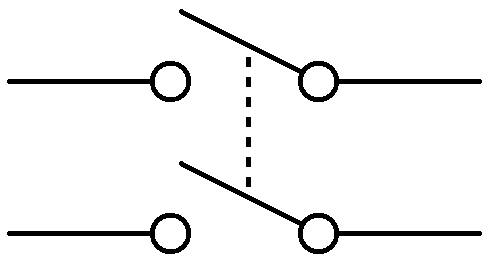 Double Pole Single Throw (DPST) |
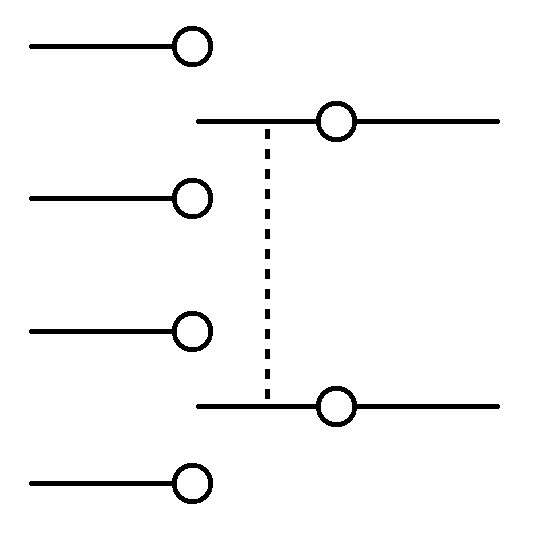 Double Pole Double Throw (DPDT) |
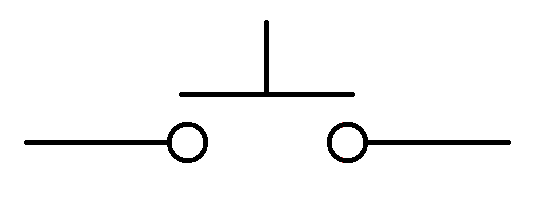 Normally-open Pushbutton Switch  Normally-closed Pushbutton Switch |
 Open Switch |
 Closed Switch |
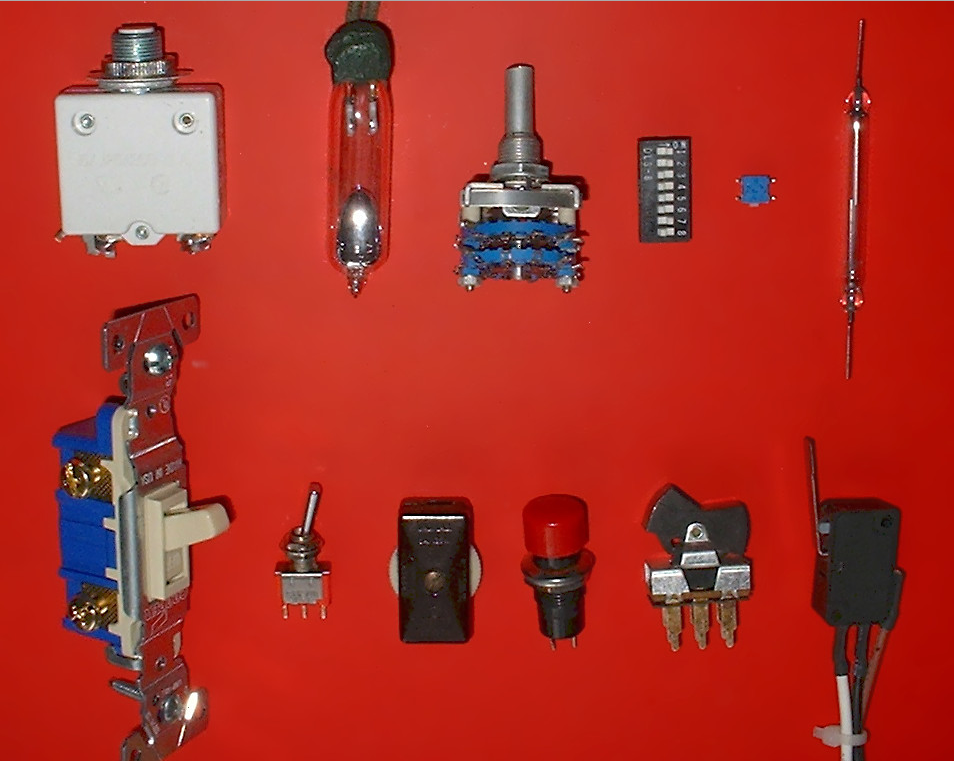
|
Styles of switches Top row: circuit breaker, mercury switch, rotary switch, dip switch (slide type), surface mount switch, magnetic reed switch; Bottom row: wall switch, bat handle toggle switch, inline switch, pushbutton switch, rocker switch, microswitch. |
Ganging switches (and other devices)
Switches
| Vocademy |
